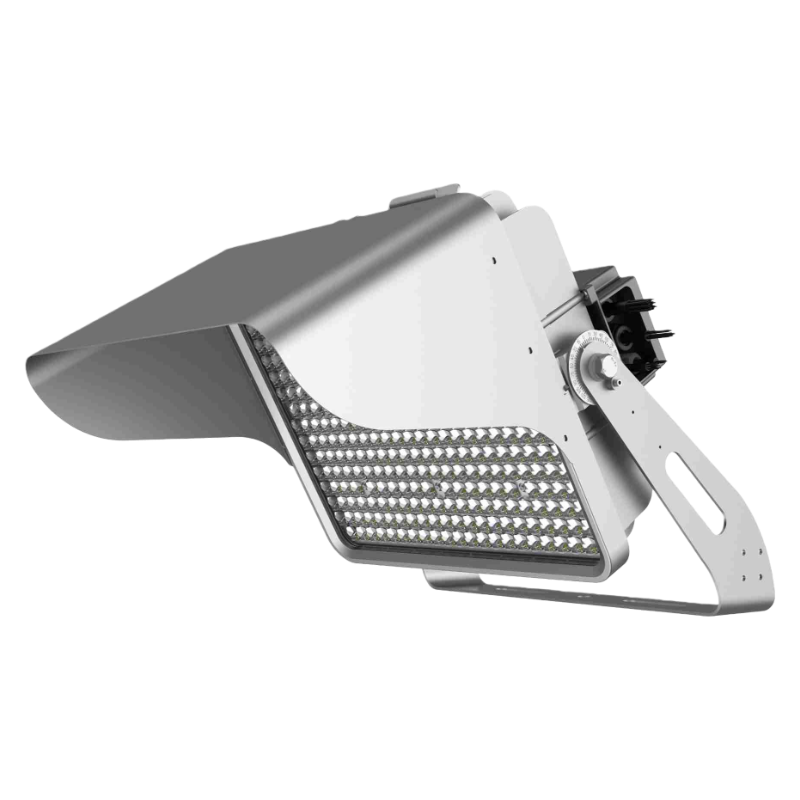Which rural roads are suitable for street lights of different powers?
The width, traffic volume, and nighttime use requirements of rural roads vary greatly. When choosing the power of street lights, it is necessary to match them with the actual scene to avoid "waste of too high power" or "inadequate power to see clearly". The following is a reference for the applicable scenarios of street lights of different powers:
1. 15-30W: suitable for narrow roads and branch roads
Applicable road characteristics:
Width 1.5-3 meters (such as field paths, connecting roads between village households, and sidewalks in front of and behind houses), very few people (only occasional pedestrians and bicycles), no motor vehicle traffic needs, mainly meet "basic lighting" (just see the obstacles on the road).
Advantages:
Low power consumption and low installation cost, suitable for areas with limited budgets and simple lighting needs, and more energy-saving with solar power supply (especially remote areas without a power grid).
2. 30-60W: Suitable for village-level main roads and secondary roads
Applicable road characteristics:
Width 3-6 meters (such as the main road in the village, the road connecting the village group), a small number of motor vehicles (agricultural tricycles, electric vehicles, small cars) pass through, and the flow of people is moderate (villagers take daily walks, pick up children, etc.), and "clear lighting" is required (see the road surface, pedestrians, and vehicle outlines clearly).
Advantages:
The lighting range is moderate (covering the road surface and the range of 0.5-1 meters on both sides), the brightness is sufficient to cope with the passage of low-speed motor vehicles, and the power consumption and cost are balanced. It is the most commonly used power range in rural areas.
3. 60-100W: Suitable for township connecting lines and key sections
Applicable road characteristics:
Width 6-9 meters (such as roads connecting townships and villages, main roads at the entrance of villages, and concentrated sections near schools/village committees), with regular motor vehicle traffic (speed 20-40km/h), large flow of people (there may be night markets and activities), and "safety lighting" is required (see road markings and obstacles, and no glare when passing cars).
Advantages:
Higher light intensity (average road illumination 10-15lux), long irradiation distance (single light covers 15-20 meters), can reduce visual blind spots when passing cars, and improve night traffic safety.
4. 100W or above: suitable for special demand sections (rarely used, select on demand)
Applicable road characteristics:
Width of more than 9 meters (such as county-level and below highway branches passing through villages, traffic arteries near village entrances), fast motor vehicle passage (speed above 40km/h), or special needs (such as dangerous sections such as road turns, bridges, ramps, etc.), requiring "high-intensity lighting" (similar to urban secondary road standards).
Note:
Rural roads rarely require more than 100W of power, unless there is a clear scenario of large motor vehicle traffic and high speed; it needs to be powered by city electricity (solar energy is difficult to support high-power continuous lighting), and the installation height (6-8 meters) and spacing (25-30 meters) need to be considered to avoid light waste.
Additional reference: Matching of installation height and spacing
Power needs to be combined with street lamp installation height and spacing to achieve the best effect. Rural roads can refer to:
Height 5-6 meters (most common): match 30-60W, spacing 20-25 meters, suitable for 3-6 meters wide roads;
Height 6-7 meters: match 60-80W, spacing 25-30 meters, suitable for 6-9 meters wide roads;
Height is too low (<5 meters): power should not be too high (easy to glare); height is too high (>7 meters): power needs to be increased accordingly (to avoid light dispersion).
Summary: The core principle of selecting power in rural areas
"Small is better than large" but "enough is the bottom line": priority is given to selecting according to road width (power can be increased by about 30W for every 3 meters increase in width);
Combined with power supply mode: solar street lights are limited by battery capacity, and it is recommended not to exceed 60W (to avoid insufficient battery life); high power can be flexibly selected for mains power supply;
Focus on ensuring dangerous sections: turns, ramps, bridges and other locations, the power can be appropriately increased (such as 10-20W higher than the same width road), or the installation spacing can be shortened.
Comprehensive judgment of road width, traffic demand, and power supply conditions can not only meet lighting needs, but also control costs and energy consumption.











